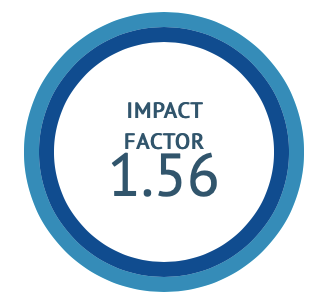Traditional Education in Mahakumbh
DOI:
https://doi.org/10.47552/ijam.v16iS1.5984Keywords:
Mahakumbh, Vasudhaiva Kutumbakam, Indian Culture, Unity in Diversity, Spiritual EducationAbstract
The Mahakumbh, held at the confluence of the sacred rivers Ganga, Yamuna, and Saraswati, is an ancient spiritual and cultural event that offers profound lessons on unity, tradition, and faith. Rooted deeply in Indian culture, the Mahakumbh is not just a religious gathering, but a representation of the educational values passed through generations. It embodies the ideals of 'Vasudhaiva Kutumbakam' or the concept that the world is one family, promoting harmony across diverse cultures. This article explores how the Mahakumbh serves as an open university, imparting education through its rituals, collective participation, and cultural exchanges. It emphasizes the role of the Kumbh in educating humanity about tradition, faith, and cultural pride, as well as the importance of unity in diversity. Furthermore, the article highlights how modern technological advancements, such as QR codes, are integrated into this sacred event, bridging the gap between tradition and innovation. The Mahakumbh thus becomes a global symbol of spiritual, cultural, and social education, providing invaluable teachings for individuals and societies at large.
Downloads
Published
How to Cite
Issue
Section
License
Copyright (c) 2025 International Journal of Ayurvedic Medicine

This work is licensed under a Creative Commons Attribution-NonCommercial-ShareAlike 4.0 International License.
The author hereby transfers, assigns, or conveys all copyright ownership to the International Journal of Ayurvedic Medicine (IJAM). By this transfer, the article becomes the property of the IJAM and may not be published elsewhere without written permission from the IJAM.
This transfer of copyright also implies transfer of rights for printed, electronic, microfilm, and facsimile publication. No royalty or other monetary compensation will be received for transferring the copyright of the article to the IJAM.
The IJAM, in turn, grants each author the right to republish the article in any book for which he or she is the author or editor, without paying royalties to the IJAM, subject to the express conditions that (a) the author notify IJAM in advance in writing of this republication and (b) a credit line attributes the original publication to IJAM.





